
May is Skin Cancer Awareness Month—Learn How to Spot Melanoma Warning Signs
As a Board-Certified Dermatologist, I encourage everyone to be their own Skin Cancer Hero by taking steps to prevent skin cancer and detect it early, when it’s most treatable.
Melanoma is the most serious type of skin cancer. Allowed to grow, melanoma can spread quickly to other parts of the body. This can be deadly.
There is good news. When found early, melanoma is highly treatable. You can find melanoma early by following this 3-step process:
- Learn the warning signs of melanoma.
- Look for the warning signs while examining your skin.
- See a dermatologist if you find any of the warning signs.
It only takes a few minutes to learn the warning signs.
Melanoma Warning Signs
Signs of melanoma include new spots on the skin, or a change in size, shape or color of an existing mole. The ABCDE method may help you determine if an abnormal skin growth may be melanoma:
Asymmetry: The mole has an irregular shape.
Border: The edge is not smooth, but irregular or notched.
Color: The mole has uneven shading or dark spots.
Diameter: The spot is larger than the size of a pencil eraser.
Evolving or Elevation: The spot is changing in size, shape or texture.
Although 63 is the average age that people are diagnosed with melanoma, it is common in people younger than 30. In fact, it is one of the most common cancers diagnosed in young adult women. Melanoma accounts for about 1% of all skin cancers diagnosed in the United States, but it causes most of the skin cancer deaths.
Checking yourself and your partner is the first great step in detecting early changes in a mole or brown spot. There are ways that you can lessen your chances of melanoma, namely: using a sunscreen with a Broad-Spectrum 30 SPF daily.
Do your homework! Make sure that your sunscreen is FDA CERTIFIED*. We ensure that all of our SPF recommended products are FDA Certified.
However, sunscreen alone is NOT enough.
Follow these skin cancer prevention tips:
- Seek the shade, especially between 10 AM and 4 PM.
- Do not burn.
- Avoid tanning and never use UV tanning beds.
- Cover up with clothing, including a broad-brimmed hat and UV-blocking sunglasses.
- Use a broad spectrum (UVA/UVB) sunscreen with an SPF of 15 or higher every day. For extended outdoor activity, use a water-resistant, broad spectrum (UVA/UVB) sunscreen with an SPF of 30 or higher.
- Apply 1 ounce (2 tablespoons) of sunscreen to your entire body 30 minutes before going outside. Reapply every 2-3 hours or immediately after swimming or excessive sweating.
- Keep newborns out of the sun. Sunscreens should be used on babies over the age of six months.
- Examine your skin head-to-toe every month.
- See your dermatologist every year for a complete body mole check/exam.
*The FDA is making changes to how sunscreens are marketed in the United States as part of the Agency's ongoing efforts to ensure that sunscreens meet modern-day standards for safety and effectiveness and to help consumers have the information they need so they can choose the right sun protection for themselves and their families. Prior rules on sunscreens dealt almost exclusively with protection against sunburn, which is primarily caused by ultraviolet B (UVB) radiation from the sun, and did not address ultraviolet A (UVA) radiation, which contributes to skin cancer and early skin aging. After reviewing the latest science, FDA determined that sufficient data are available to establish a "broad spectrum" test for determining a sunscreen product's UVA protection. Passing the broad spectrum test shows that the product provides UVA protection that is proportional to its UVB protection. Sunscreen products that pass the broad spectrum test are allowed to be labeled as "Broad Spectrum." These "Broad Spectrum" sunscreens protect against both UVA and UVB rays. Scientific data demonstrated that products that are "Broad Spectrum SPF 15 [or higher]" have been shown to reduce the risk of skin cancer and early skin aging when used with other sun protection measures, in addition to helping prevent sunburn. Other sun protection measures include limiting time in the sun and wearing protective clothing. These testing and labeling requirements are necessary to provide consumers with the information they need to make informed choices when selecting sunscreens.


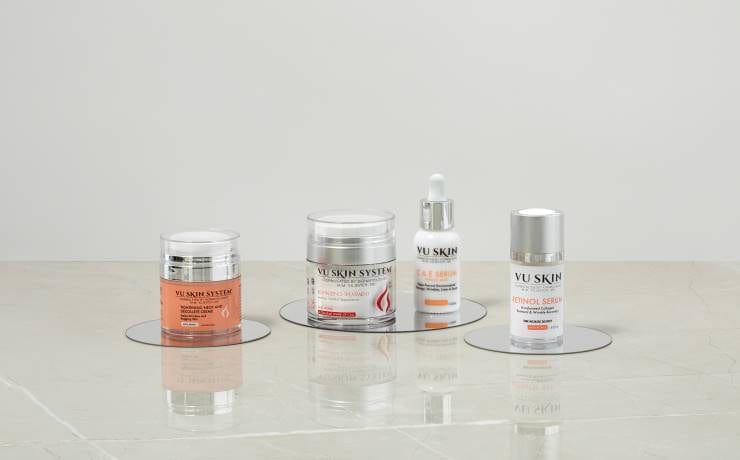
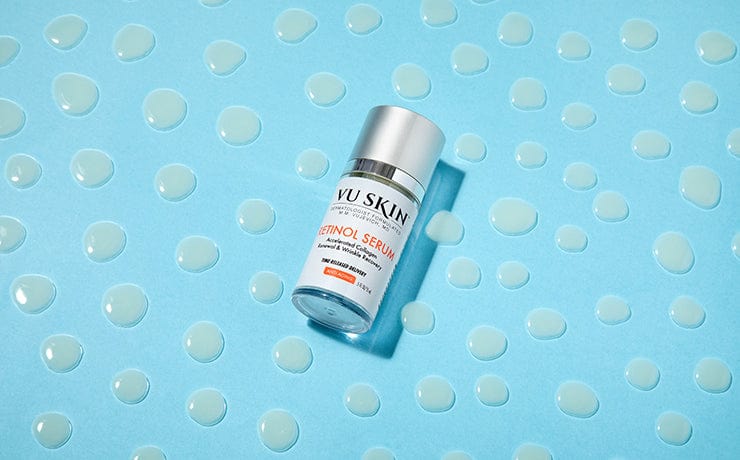
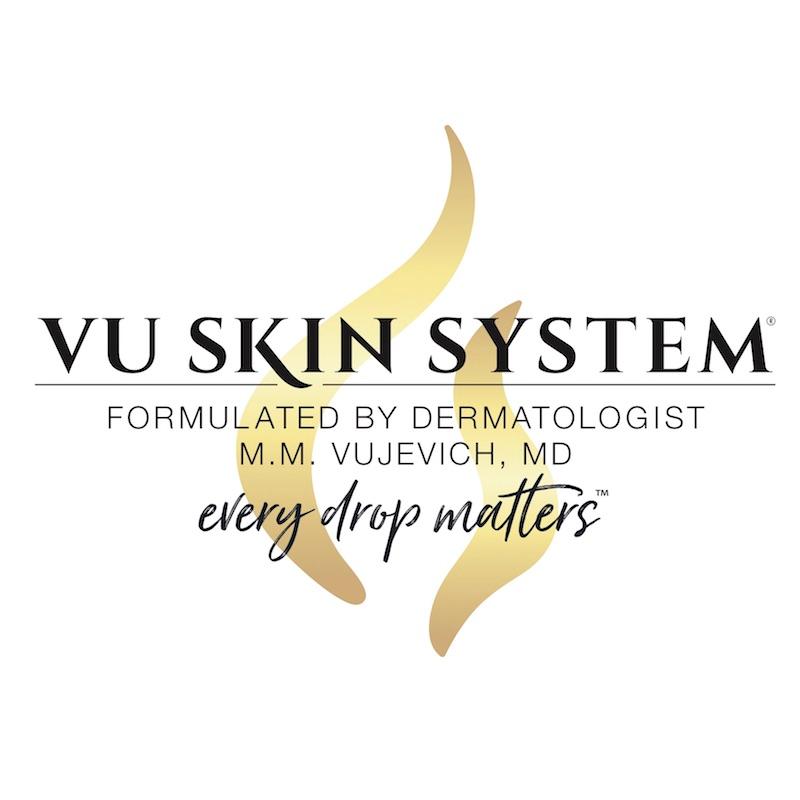
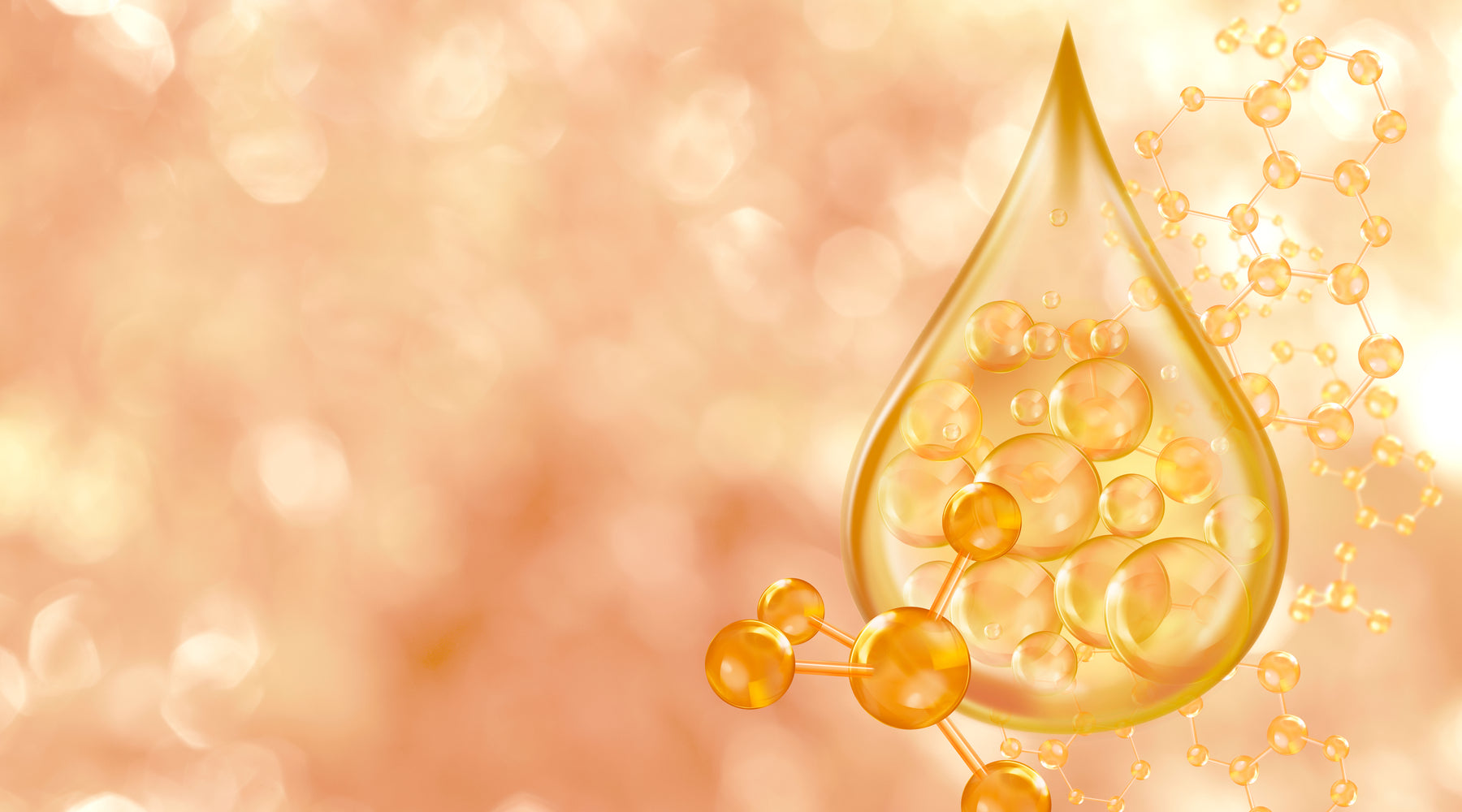
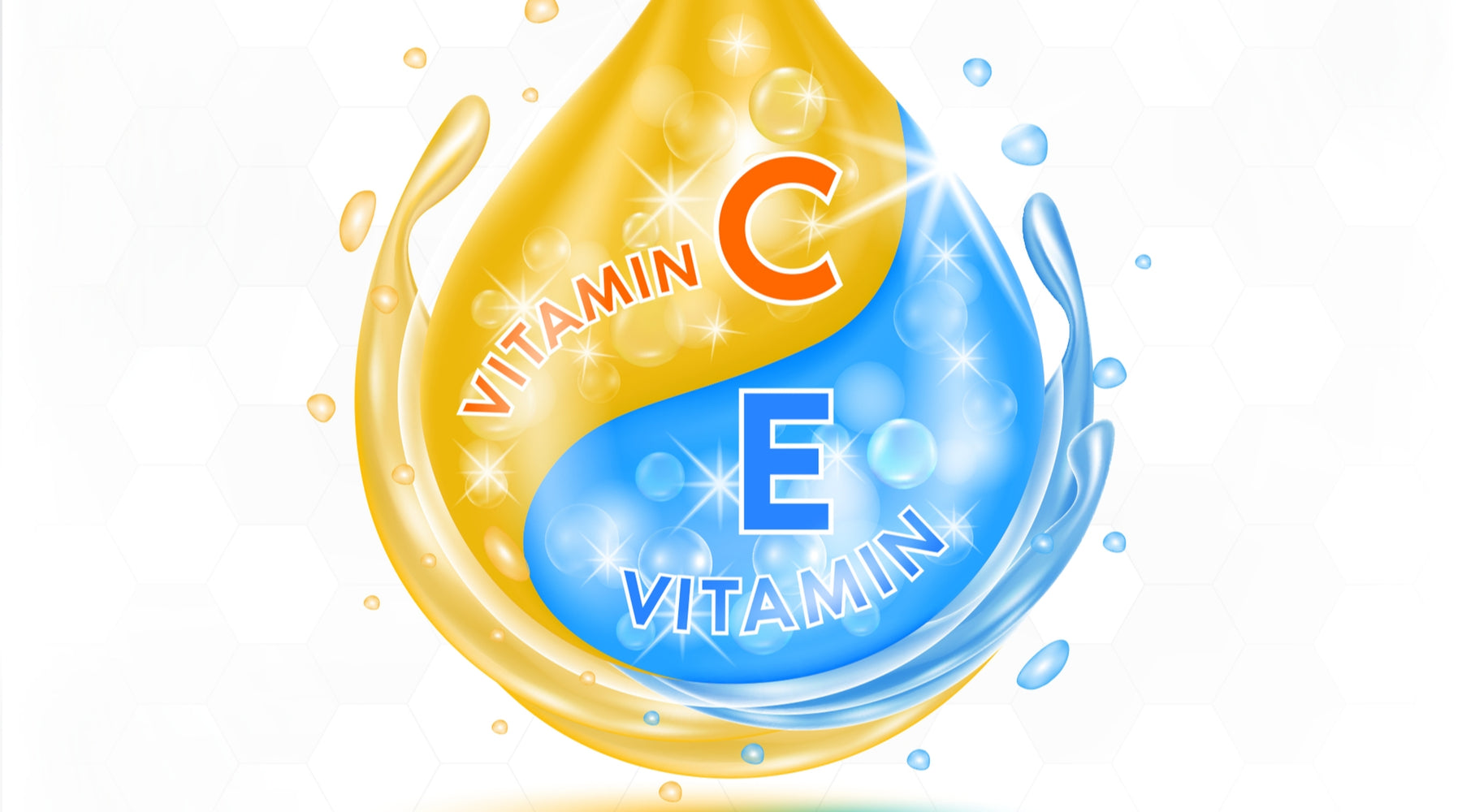
Leave a comment
This site is protected by hCaptcha and the hCaptcha Privacy Policy and Terms of Service apply.